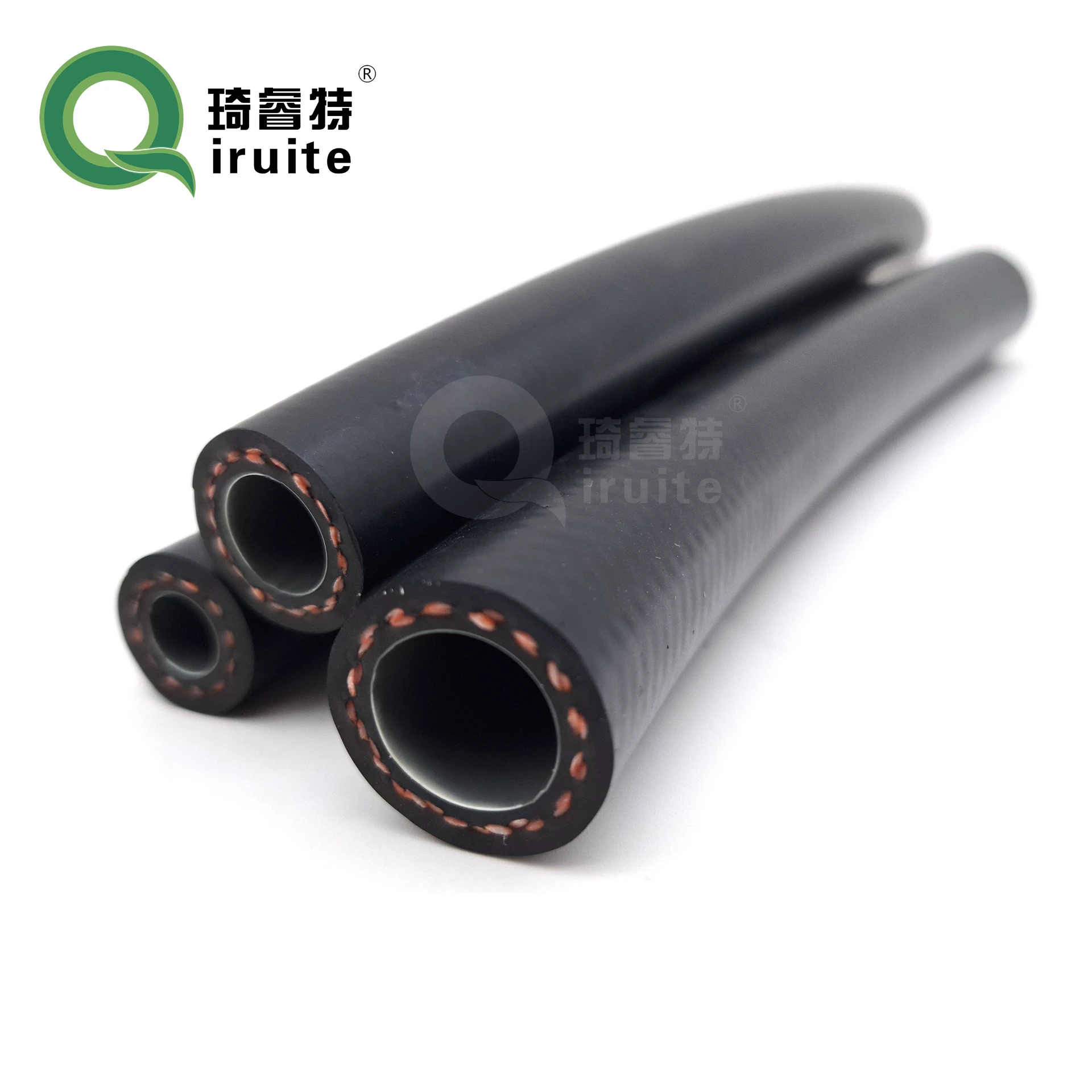how to repair leaking power steering hose
How to Repair a Leaking Power Steering Hose
A leaking power steering hose can lead to a frustrating driving experience and may cause serious damage to your vehicle's steering system if not addressed promptly. Fortunately, repairing a leaking power steering hose is a manageable task for those who possess basic mechanical skills. This guide will walk you through the necessary steps to identify and repair the leak effectively.
Identifying the Leak
The first step in repairing a leaking power steering hose is to locate the source of the leak. Begin by inspecting the power steering system, which consists of several components, including the power steering pump, hoses, and the steering gear. Look for signs of fluid leakage, which can often be identified by the presence of a reddish-brown fluid on or around the hoses and other components.
Once you have identified that a hose is leaking, you will need to determine whether it is the high-pressure line or the return line that requires repair. The high-pressure line typically carries fluid from the pump to the steering gear under significant pressure, while the return line brings fluid back at a lower pressure. Both types of hoses can develop leaks, and it’s vital to address the issue promptly.
Gathering Necessary Tools and Materials
Before you begin the repair process, gather the necessary tools and materials. You will need
- Basic hand tools (wrenches, pliers, socket set) - Replacement power steering hose (specific to your vehicle) - Hose clamps (if needed) - Power steering fluid - Clean rags - Brake cleaner or degreaser
Performing the Repair
how to repair leaking power steering hose

1. Safety First Always make sure your vehicle is parked on a level surface and the engine is turned off. Engage the parking brake for added safety.
2. Raise the Vehicle If necessary, use a jack to lift the front of the vehicle and secure it with jack stands. This will allow you better access to the power steering components.
3. Remove the Leaking Hose Using the appropriate tools, carefully loosen and remove the fittings that secure the leaking hose to the power steering pump and the steering gear. Take care to catch any leaking fluid with a container.
4. Install the New Hose Position the new power steering hose in place and tighten the fittings securely to avoid future leaks. If the fittings are corroded or damaged, consider replacing them as well.
5. Check for Leaks Once the new hose is in place, it’s important to fill the power steering reservoir with fresh power steering fluid. Start the engine and turn the steering wheel from lock to lock several times to help circulate the fluid and remove any air from the system. Check for any signs of leaking fluid around the new hose connections.
6. Clean Up After confirming that there are no leaks and the system is functioning properly, clean any spilled fluid from the engine bay and dispose of it according to local regulations.
Conclusion
Repairing a leaking power steering hose doesn’t have to be a daunting task. By following these steps, you can effectively restore your vehicle’s steering system and ensure a safer driving experience. Regular maintenance and inspection will help you catch issues early, preventing more costly repairs down the line. If you ever feel uncertain or uncomfortable performing the repair, don’t hesitate to seek professional assistance.
-
Ultimate Spiral Protection for Hoses & CablesNewsJun.26,2025
-
The Ultimate Quick-Connect Solutions for Every NeedNewsJun.26,2025
-
SAE J1401 Brake Hose: Reliable Choice for Safe BrakingNewsJun.26,2025
-
Reliable J2064 A/C Hoses for Real-World Cooling NeedsNewsJun.26,2025
-
Heavy-Duty Sewer Jetting Hoses Built to LastNewsJun.26,2025
-
Fix Power Steering Tube Leaks Fast – Durable & Affordable SolutionNewsJun.26,2025

